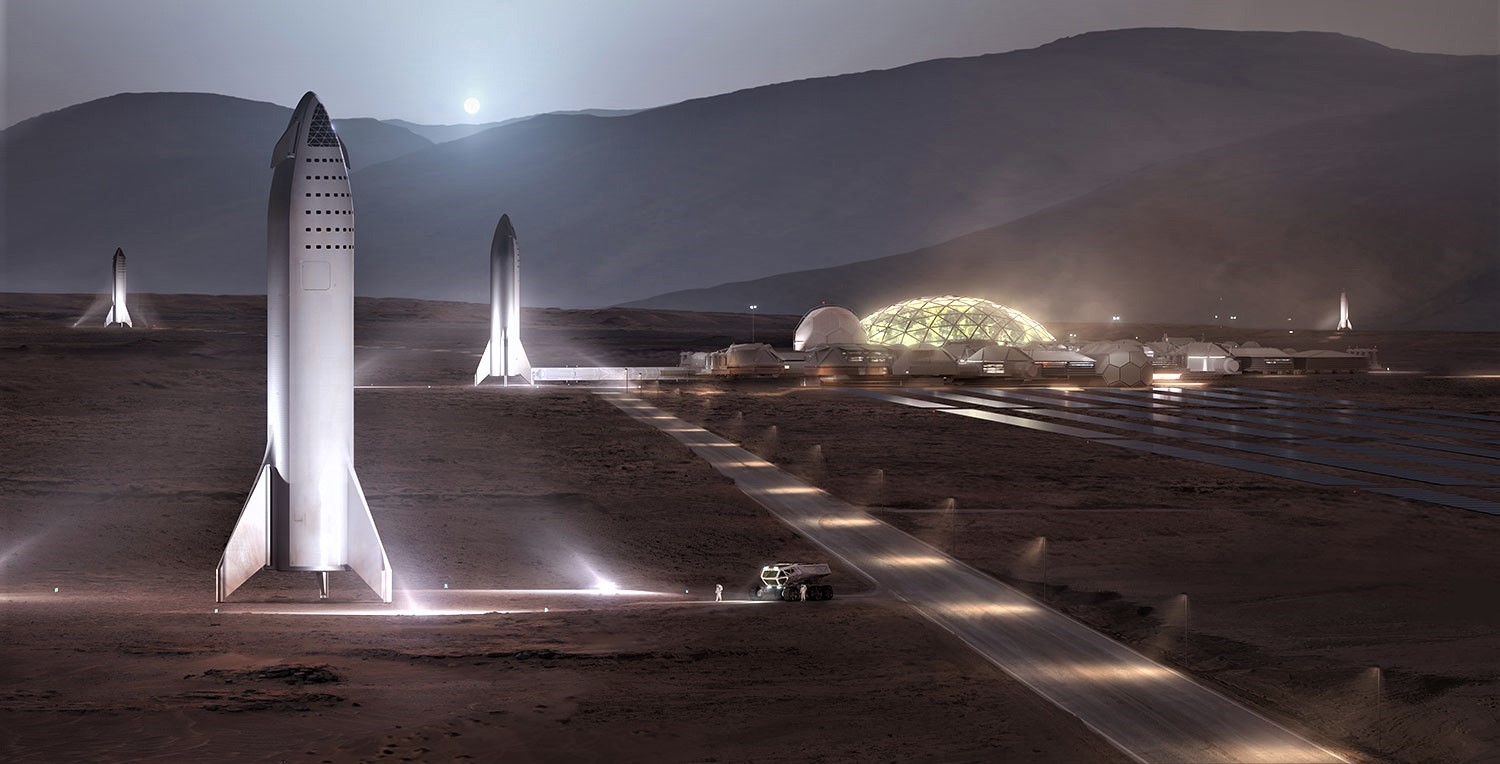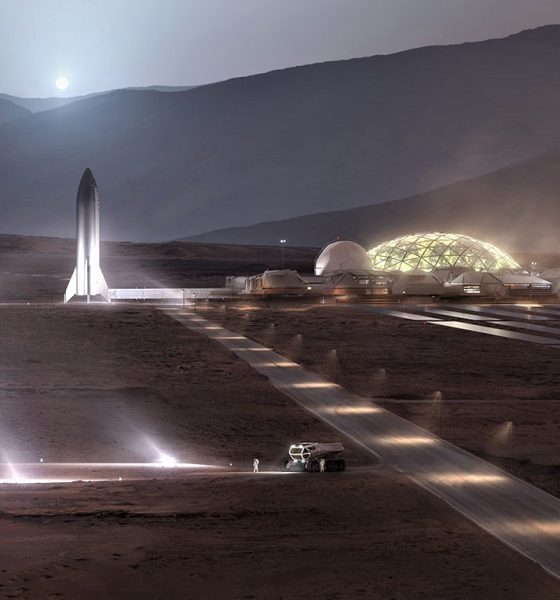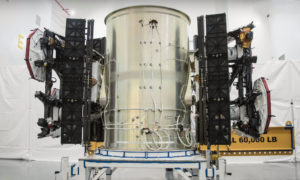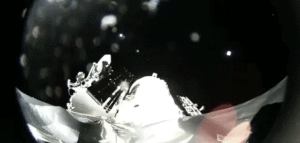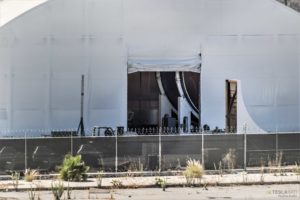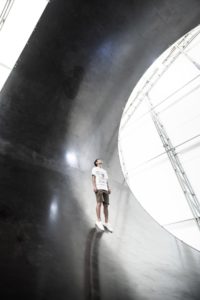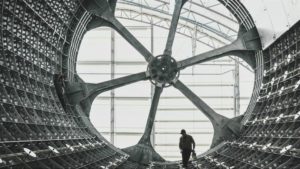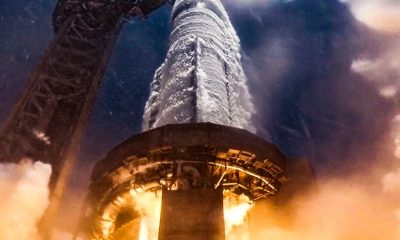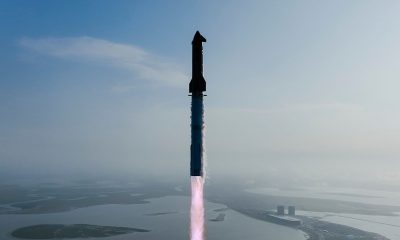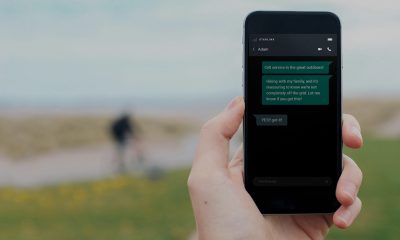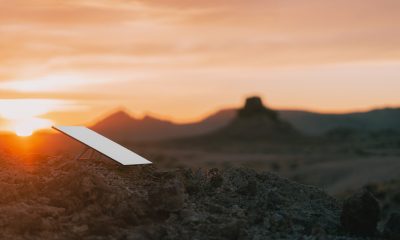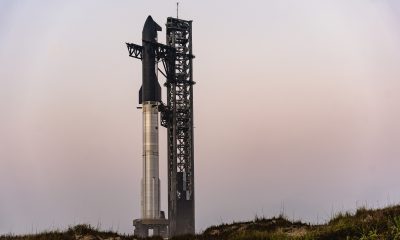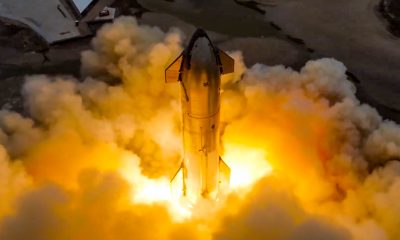Bloomberg reports that SpaceX has approached Goldman Sachs in hopes of arranging a $500M leveraged loan, potentially opening up an entirely new avenue of capital for the company as it approaches inflection points in its two largest development programs, the Starlink internet satellite constellation and its next-generation BFR rocket and spaceship.
In the United States, the market for leveraged loans (a form of debt capital) has experienced unprecedented growth in 2018, soaring past $1.3 trillion total. Unlike borrowers typically pursuing leveraged loans, SpaceX has little to no debt to speak of and is likely either financially stable or even healthily profitable.
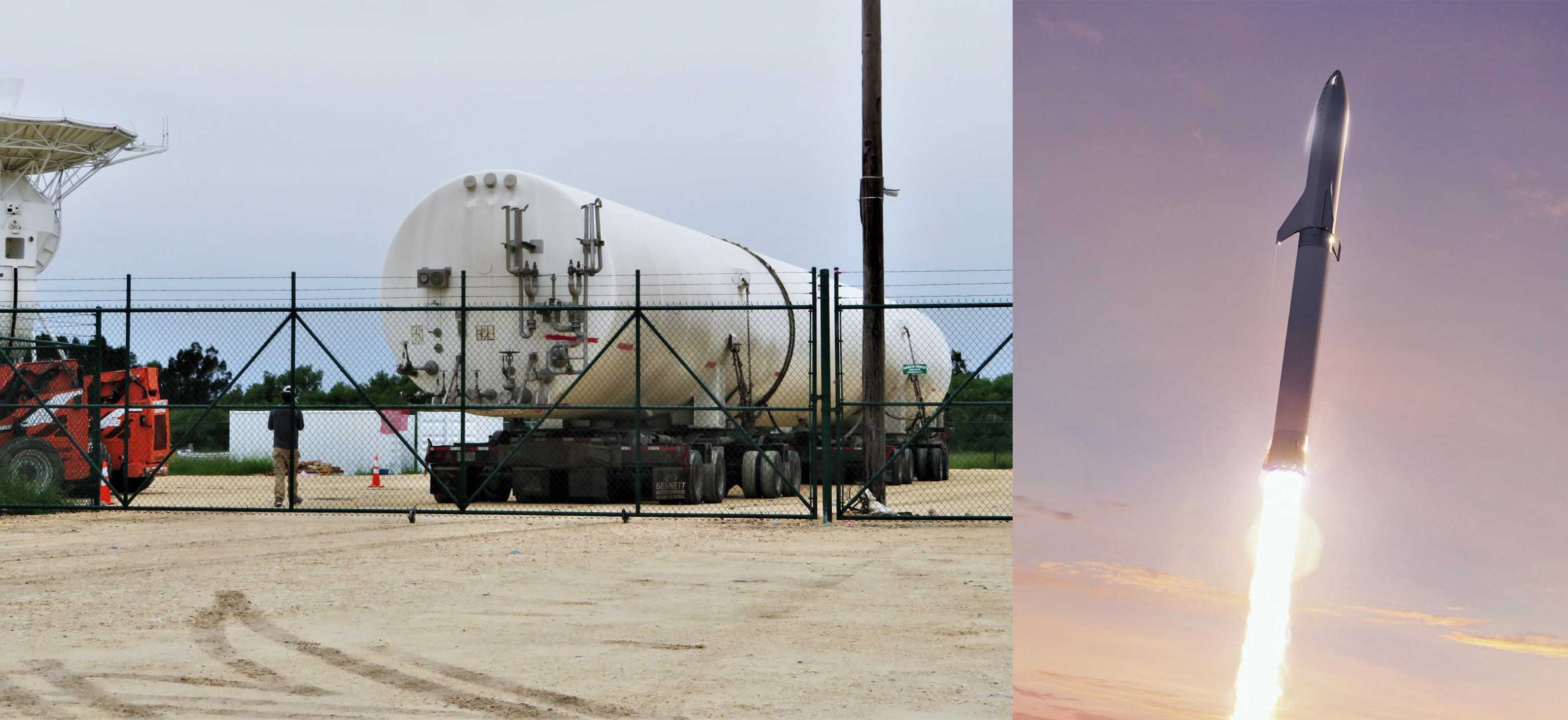
The fact that SpaceX is not already heavily leveraged (i.e. lots of debt) indicates that the company’s interest in this type of loan – versus something more like traditional equity sales – arises from the need for capital to fund major one-time investments that are likely to peak within the next 2-3 years, if not sooner. Leveraged loans are typically classified as riskier investments due to the tendency for borrowers to already have plenty of debt: in the case of SpaceX, it’s clear that that risk derives more from the fundamentally risky nature of space-related endeavors.
Success is not guaranteed even if SpaceX has plenty of funds to invest in satellite constellation or rocket R&D, while major one-time expenditures like the construction of a new launch pad and test facility for BFR also carry the risk of potentially catastrophic destruction in the event of a vehicle failure during testing or launch, one case that was proven out during the September 2016 on-pad failure of a Falcon 9 rocket, multiple times smaller than BFR. Leveraged loans still are likely to work in SpaceX’s favor, drawing in investors already willing to accept that inherent risk when the potential rewards of success are immense.
“The benefits of this maiden voyage [into leveraged loan borrowing] are clear: SpaceX should have ample funding needs for many years to come as it keeps Mars in its sights. Crucially for Musk, loans are more private than most other forms of capital raising — and very hard to short.”
Starlink
While the exact status of SpaceX’s major development programs is not public, it can be reasonably intuited that the company’s Starlink constellation is likely in the process of restructuring an R&D-centered experimental wing into something closer to a factory. Such a factory will be an absolute necessity if SpaceX intends to mass-produce high-performance smallsats at a truly unprecedented scale: ~4500 satellites make up the first wave of the constellation alone, while nearly ~7500 more would eventually follow to allow Starlink to truly blanket the world with fast internet access.
- SpaceX’s first two Starlink prototype satellites are pictured here before their inaugural Feb. 2018 launch, showing off a utilitarian design. (SpaceX)
- One of the first two prototype Starlink satellites separates from Falcon 9’s upper stage, February 2018. (SpaceX)
BFR
SpaceX’s Big F____ Rocket – deemed Big Falcon Rocket (BFR) in public statements – is no less capital-hungry. Aside from major investments in tooling and the lengthy and return-free process of designing such a large, complex, and advanced launch vehicle, SpaceX is in the process of preparing a site for a dedicated BFR factory at Port of Los Angeles. Currently housed in a huge temporary tent, it’s already clear that spaceship prototype fabrication could benefit greatly from workspace expansions and a more controlled environment. Long-term, such a factory will be a basic necessity for SpaceX to begin true serial production of BFR boosters and spaceships.
In South Texas, SpaceX is also beginning the expensive process of constructing some combination of a launch pad and testing facility dedicated to the BFR program. Most recently, two massive propellant storage tanks have arrived at a nearby facility at the same time as construction is beginning in earnest on the circa-2014 site of SpaceX’s proposed launch pad.
- SpaceX’s initial BFR work is being performed in a giant temporary tent located at Port of LA. (Pauline Acalin)
- Yusaku Maezawa stands on the first BFR composite tank/fuselage section prior to his Sept. 17 announcement. (Yusaku Maezawa)
- SpaceX’s massive BFR mandrel, used to mold its composite structures. (SpaceX)
Ultimately, the company could benefit immensely from an infusion of free capital, if for no other reason than to expedite critical infrastructure investments that will become the foundation for Starlink and BFR.
For prompt updates, on-the-ground perspectives, and unique glimpses of SpaceX’s rocket recovery fleet check out our brand new LaunchPad and LandingZone newsletters!
News
Tesla launches new loaner program that owners will love
Tesla is now giving owners the opportunity to rent a vehicle from them, and it includes a few very attractive features that will have you second-guessing another loaner from insurance.
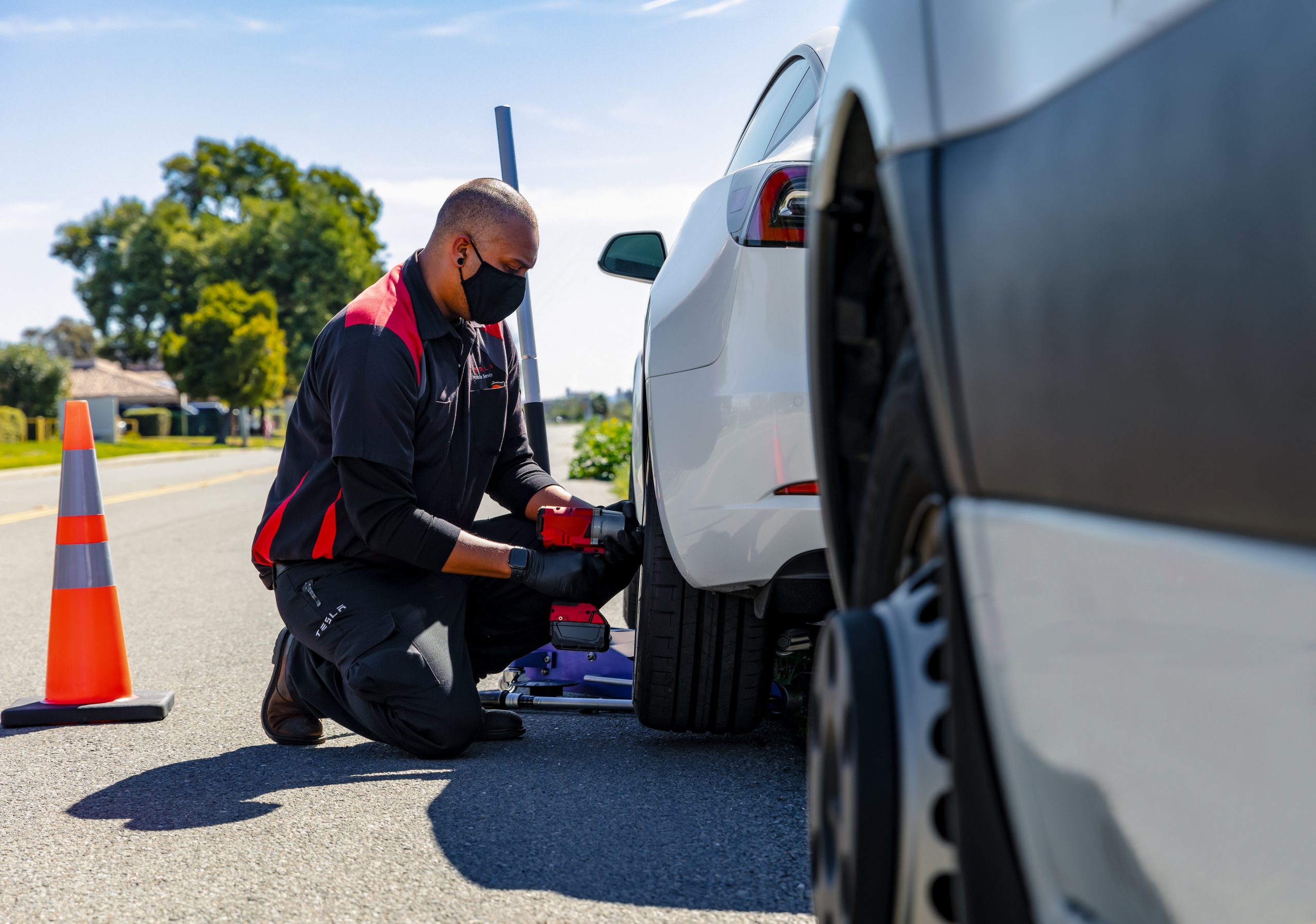
Tesla has launched a new loaner program that owners will love, as it resolves some concerns over a replacement vehicle while it is being repaired.
Earlier this week, Tesla launched the option to rent a Tesla loaner vehicle for just $45 per day if your vehicle is in Collision Repair. Collision repairs did not formerly warrant the issuance of loaner vehicles, as the insurance provider of the car owner would provide transportation arrangements.
Tesla is now giving owners the opportunity to rent a vehicle from them, and it includes a few very attractive features that will have you second-guessing another loaner from insurance.
The Tesla you rent while your car is in collision repair will come with free Full Self-Driving, free Supercharging, and free toll coverage, no small print included.
🚨 Tesla is offering loaner vehicle for $45/day if your car is in collision repair for body work.
It includes Free Full Self-Driving, Free Supercharging, and Free Tolls https://t.co/cMYxIb1MLF pic.twitter.com/n0Of4OTLvt
— TESLARATI (@Teslarati) August 18, 2025
All things considered, this is a great deal for those who require a car for transportation while their car is being repaired.
The cost of Supercharging and Full Self-Driving alone would warrant the $45 per day price tag. Add in the tolls for those who commute on turnpikes for work or are planning an extensive trip that would require it, and it truly becomes an even more attractive deal.
Tesla has done a good job at improving its Service division over the past few years, and it truly needed it. In hopes of launching an F1-style service experience, Tesla started doing away with some of its perks, including loaner vehicles for single-day visits and even Uber credits.
Tesla’s ‘F1’ Service strategy eliminates same-day loaner vehicles, Uber credits
However, it has listened to the complaints of its owners and tried to cater an experience that is more advantageous and less of a hassle. It’s already made tremendous steps in the past few years, and this is the icing on the cake.
Elon Musk
SpaceX Starship Flight 10: What to expect
SpaceX implemented hardware and operational changes aimed at improving Starship’s reliability.
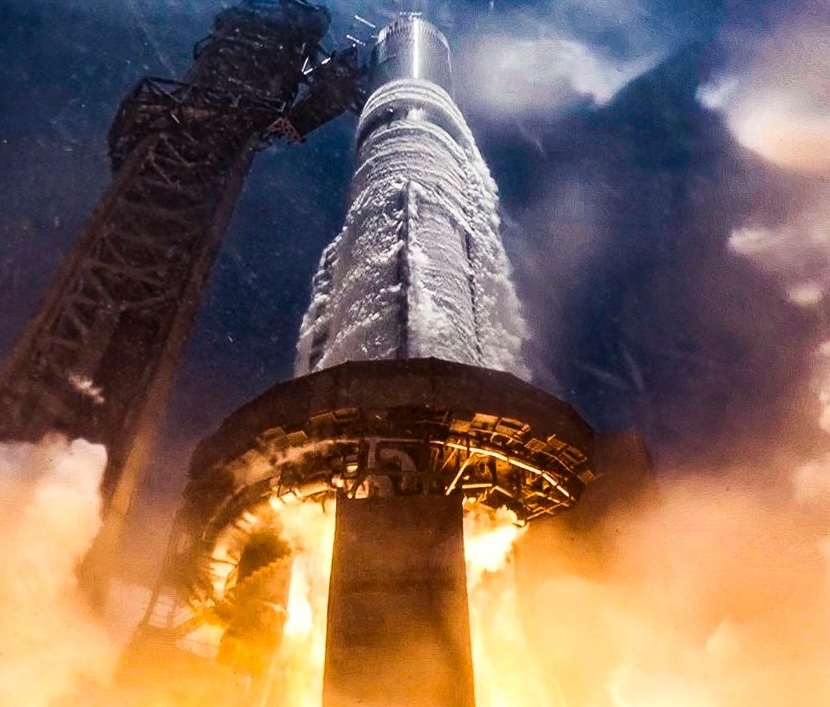
SpaceX is preparing to launch the tenth test flight of its Starship vehicle as early as Sunday, August 24, with the launch window opening at 6:30 p.m. CT.
The mission follows investigations into anomalies from earlier flights, including the loss of Starship on its ninth test and a Ship 36 static fire issue. SpaceX has since implemented hardware and operational changes aimed at improving Starship’s reliability.
Booster landing burns and flight experiments
The upcoming Starship Flight 10 will expand Super Heavy’s flight envelope with multiple landing burn trials. Following stage separation, the booster will attempt a controlled flip and boostback burn before heading to an offshore splashdown in the Gulf of America. One of the three center engines typically used for landing will be intentionally disabled, allowing engineers to evaluate whether a backup engine can complete the maneuver, according to a post from SpaceX.
The booster will also transition to a two-engine configuration for the final phase, hovering briefly above the water before shutdown and drop. These experiments are designed to simulate off-nominal scenarios and generate real-world data on performance under varying conditions, while maximizing propellant use during ascent to enable heavier payloads.
Starship upper stage reentry tests
The Starship upper stage will attempt multiple in-space objectives, including deployment of eight Starlink simulators and a planned Raptor engine relight. SpaceX will also continue testing reentry systems with several modifications. A section of thermal protection tiles has been removed to expose vulnerable areas, while new metallic tile designs, including one with active cooling, will be trialed.
Catch fittings have been installed to evaluate their thermal and structural performance, and adjustments to the tile line will address hot spots observed on Flight 6. The reentry profile is expected to push the structural limits of Starship’s rear flaps at maximum entry pressure.
SpaceX says lessons from these tests are critical to refining the next-generation Starship and Super Heavy vehicles. With Starfactory production ramping in Texas and new launch infrastructure under development in Florida, the company is pushing to hit its goal of achieving a fully reusable orbital launch system.
Elon Musk
Elon Musk takes aim at Bill Gates’ Microsoft with new AI venture “Macrohard”
It is quite an appropriate name for a company that’s designed to rival Microsoft.

Elon Musk has set his sights on Microsoft with a new company called “Macrohard,” a software venture tied to his AI startup, xAI.
Musk described the project as a “purely AI software company” that’s designed to generate hundreds of specialized coding and generative AI agents that could one day simulate products from companies like Microsoft entirely through artificial intelligence.
Macrohard‘s Purpose
Musk announced Macrohard on Friday, though xAI had already registered the trademark with the US Patent Office a few weeks ago, as noted in a PC Mag report. Interestingly enough, this is not the first time that Musk has mentioned such an initiative.
Just last month, he stated that xAI was “creating a multi-agent AI software company, where Grok spawns hundreds of specialized coding and image/video generation/understanding agents all working together and then emulates humans interacting with the software in virtual machines until the result is excellent.”
At the time, Musk stated that “This is a macro challenge and a hard problem with stiff competition,” hinting at the venture’s “Macrohard” moniker. A few years ago, Musk also posted “Macrohard >> Microsoft” on X.
Powered by xAI and Colossus
Macrohard appears to be closely linked to xAI’s Colossus 2 supercomputer project in Memphis. Musk has confirmed plans to acquire millions of Nvidia GPUs, joining rivals such as OpenAI and Meta in a high-stakes race for AI computing power. Colossus is already one of the most powerful supercomputer clusters in the world, and it is still being expanded.
xAI is only a couple of years old, having been founded in March 2023. During its Engineering Open House event in San Francisco, Elon Musk highlighted that the company’s speed will be its primary competitive edge. “No SR-71 Blackbird was ever shot down and it only had one strategy: to accelerate,” Musk said.
-
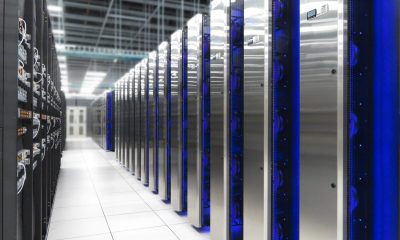
 Elon Musk2 weeks ago
Elon Musk2 weeks agoElon Musk confirms Tesla AI6 chip is Project Dojo’s successor
-
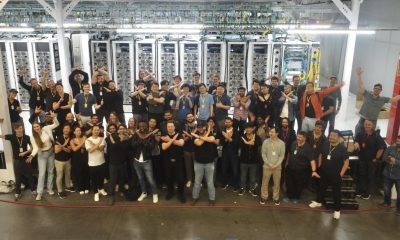
 Elon Musk22 hours ago
Elon Musk22 hours agoElon Musk takes aim at Bill Gates’ Microsoft with new AI venture “Macrohard”
-
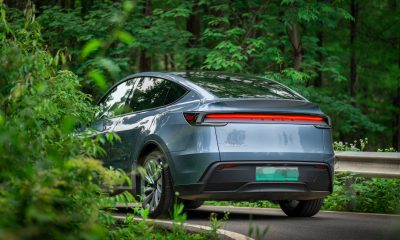
 News2 weeks ago
News2 weeks agoTesla Model Y L reportedly entered mass production in Giga Shanghai
-

 Cybertruck2 weeks ago
Cybertruck2 weeks agoTesla’s new upgrade makes the Cybertruck extra-terrestrial
-

 News2 weeks ago
News2 weeks agoElon Musk reaffirms Tesla Semi mass production in 2026
-
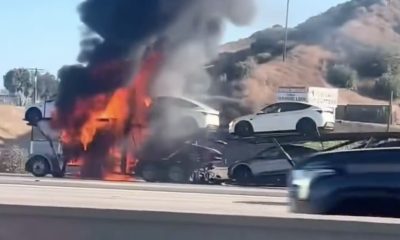
 News5 days ago
News5 days agoTesla clarifies LA car carrier fire started in diesel semi, not EV batteries
-
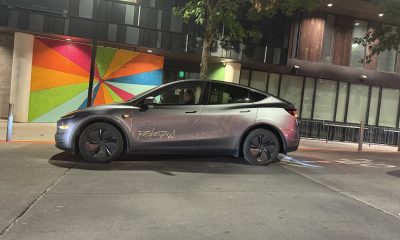
 Elon Musk2 weeks ago
Elon Musk2 weeks agoTesla CEO Elon Musk confirms Robotaxi is opening to the public: here’s when
-
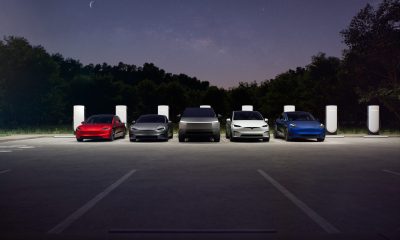
 Elon Musk2 weeks ago
Elon Musk2 weeks agoTesla warns consumers of huge, time-sensitive change coming soon

